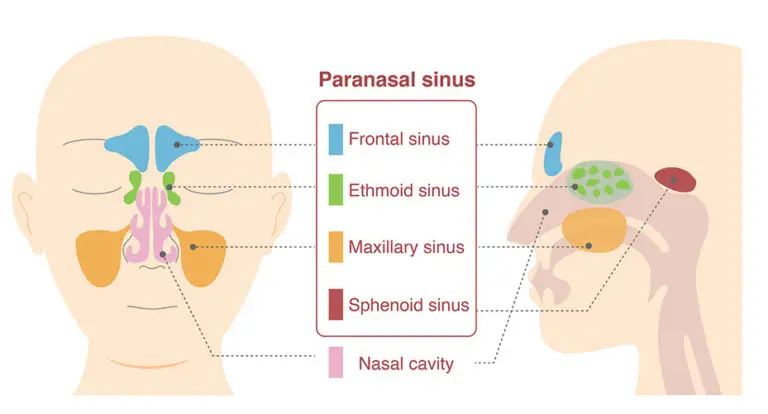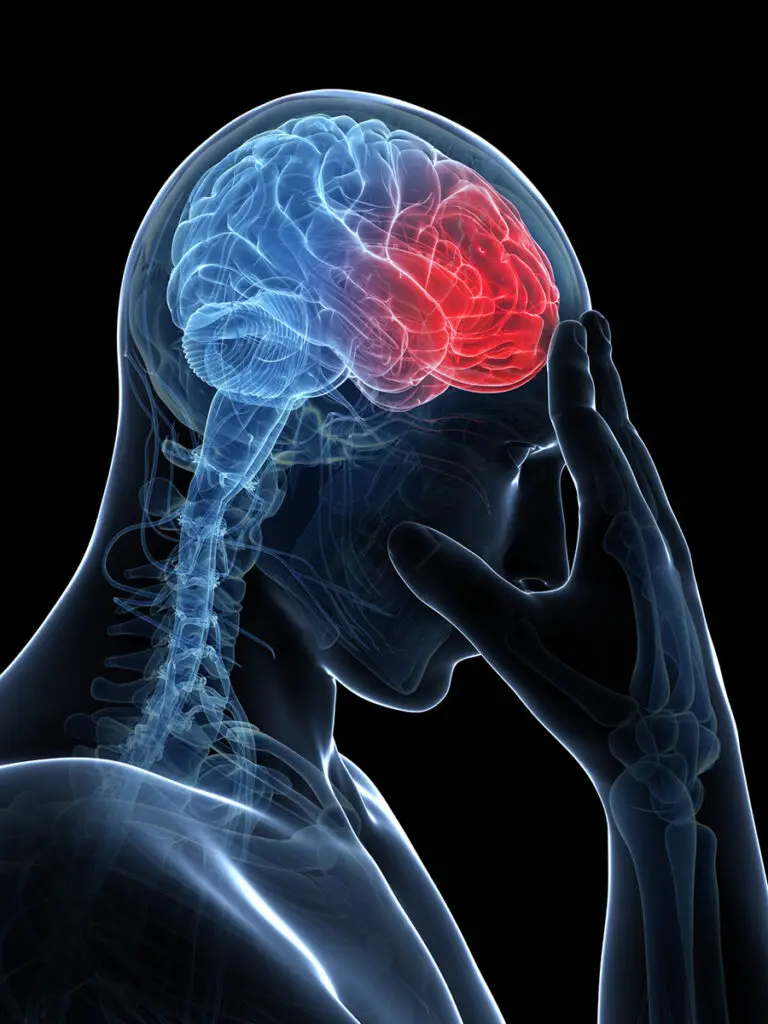Amyotrophic Lateral Sclerosis (ALS), also known as Lou Gehrig’s disease, is a progressive neurological disorder that affects the nerve cells responsible for voluntary muscle movements. For veterans, ALS is not just a medical condition but also a legal matter linked to disability benefits under the Department of Veterans Affairs (VA). This blog explores ALS, its impact on veterans, the legal framework for VA disability ratings, and the support systems in place to help those affected.
What is ALS?
ALS is a disease that targets motor neurons in the brain and spinal cord, leading to muscle weakness, loss of motor function, and eventually paralysis. Though its exact cause is unclear, ALS progresses rapidly, typically leading bed confinement and death within 2 to 5 years of diagnosis. The disease significantly affecting a person’s quality of life.
History and Prevalence in Veterans
ALS was first described in 1869 by French neurologist Jean-Martin Charcot but the disease gained widespread attention after baseball legend Lou Gehrig’s diagnosis in 1939. Sadly, studies show that veterans are twice as likely as the general population to develop ALS, possibly due to environmental exposures or physical stress linked to military service.
Disease onset
The early signs of amyotrophic lateral sclerosis (ALS) can develop slowly and may look different from person to person. However, some symptoms are more common as the first signs of the disease. These include muscle weakness, trouble speaking, and difficulty swallowing or speaking. About 25-30% of ALS patients experience difficulties swallowing or speaking as one of the first or most noticeable symptoms, making speech problems an early sign of the disease.
During a physical exam in the early stages of ALS, doctors usually find signs of damage to the nerves. Patients may show muscle weakness, shrinking, and twitching, which often start on one side of the body. The exam might also reveal heightened, reduced, or absent reflexes.
Diagnosing ALS
The diagnosis of ALS is a diagnosis of exclusion, meaning that the diagnosis requires a comprehensive medical evaluation and tests to rule out the possibility of other conditions before one can be diagnosed with ALS.
Because there’s no single test for ALS, doctors use various tools to confirm the diagnosis:
- Electromyography (EMG)/Nerve Conduction Studies (NCS): Measures muscle electrical activity and speed of nerve singles to detect nerve abnormalities.
- Magnetic Resonance Imaging (MRI): Rules out spinal cord or brain abnormalities.
- Blood and Urine Tests: Excludes infections or autoimmune conditions with similar symptoms.
- Spinal Tap: Analyzes cerebrospinal fluid for neurological markers.
Treatment and Management
There is no cure for ALS. Treatments aim to slow its progression and improve quality of life.
Available Treatments may include:
- Medications: Medications may slow disease progression.
- Therapies: Physical, occupational, and speech therapies can help maintain motor function, muscle strength, and improve communication.
- Assistive Devices: Wheelchairs, communication aids, and ventilators provide support as the disease advances.
- Palliative Care: Focuses on comfort, managing pain, and addressing emotional challenges.
Understanding VA Disability Ratings for ALS
The VA recognizes ALS under Diagnostic Code 8017, outlined in the VA disability rating system (38CFR section 4.124a).
ALS is considered presumptive, meaning they don’t need to prove that ALS was caused by your time in service to qualify for benefits, but the veterans must have served a minimum of 90 continuous days of active duty.
Veterans diagnosed with ALS are eligible for a minimum 100% disability rating due to the severity and progressive nature of the disease.
The federal regulations prompt the VA to consider additional benefits under special monthly compensation. Special Monthly Compensation, or SMC, provides additional financial support above and beyond the 100% disability rating for certain disabilities.
How ALS Qualifies for SMC
SMC offers financial compensation to veterans for disabilities that impair functionality, often impacting self-care or mobility. The amount of compensation is determined by the specific level of SMC the veteran qualifies for.
The VA assesses each veteran’s disability individually to assign the appropriate SMC level. Veterans with ALS frequently qualify for the highest level of benefits due to the progressive and debilitating nature of the condition.
Veterans who are service connected for ALS may be eligible for SMC based on one or more of the following:
- Loss of Use of Left Hand
- Loss of Use of Right Hand
- Loss of Use of Left Elbow
- Loss of Use of Right Elbow
- Loss of Use of Left Arm at the Shoulder
- Loss of Use of Right Arm at the Shoulder
- Loss of Use of Left Foot
- Loss of Use of Right Foot
- Loss of Use of Left Knee
- Loss of Use of Right Knee
- Total Paralysis of Left Leg
- Total Paralysis of Right Leg
- Loss of Use of Both Buttocks
- Erectile Dysfunction
- Unable to control urine and bowel movements
- Unable to Speak or Requires Prosthesis to Speak
- Requires help from another person to assist with basic needs
- Permanently Bedridden
- Confined to immediate premises
SMC is intended to be an inferred benefit, meaning the VA should automatically grant it if you qualify. However, this often isn’t the case. To ensure you receive SMC, it’s best to submit a formal claim application directly.
Aid and Attendance
Aid and Attendance (A&A) is a benefit for veterans who need help with basic daily activities, known as activities of daily living (ADLs) and instrumental activities of daily living (IADLs). These activities include tasks like bathing, dressing, eating, and mobility. A&A is provided when a veteran is unable to perform these tasks on their own due to a service-connected condition. There are two levels of A&A benefits, depending on the level of care the veteran needs, often referenced as “R1” and “R2”.
SMC R1 offers compensation for veterans who need help with ADLs or IADLs, while SMC R2 offers higher compensation for those who need a higher level of care by a licensed healthcare professional, such as a nurse.
To apply for A&A, veterans must submit medical records and evidence demonstrating their need for assistance. This also includes a completed VA Form 21-2680 (Examination for Housebound Status or Permanent Need for Regular Aid and Attendance). Page 1 must be completed when submitted, however, you can submit the form without having an examiner complete pages 2 and 3.
Mental Health and ALS
Anxiety and depression often stem from the physical challenges and prognosis associated with ALS. While these conditions may qualify for secondary service connection, it is crucial to prioritize the veteran’s mental health to ensure the best possible quality of life in the time remaining.
Caregiver Program
The VA Caregiver Program offers compensation to caregivers of veterans, such as a spouse or child, for the support they provide. If approved by the VA, this program provides financial assistance to recognize the essential care given to veterans. While the specifics of the program remain unclear and the approval process can be challenging, you can learn more about it here.
Conclusion
In conclusion, veterans living with ALS have access to valuable resources and support through the VA. These benefits, such as Aid and Attendance and Special Monthly Compensation, can help ease the financial and caregiving challenges that come with this diagnosis. It is important to explore all available options to ensure you or your loved one receives the care and assistance needed to maintain the best possible quality of life.



